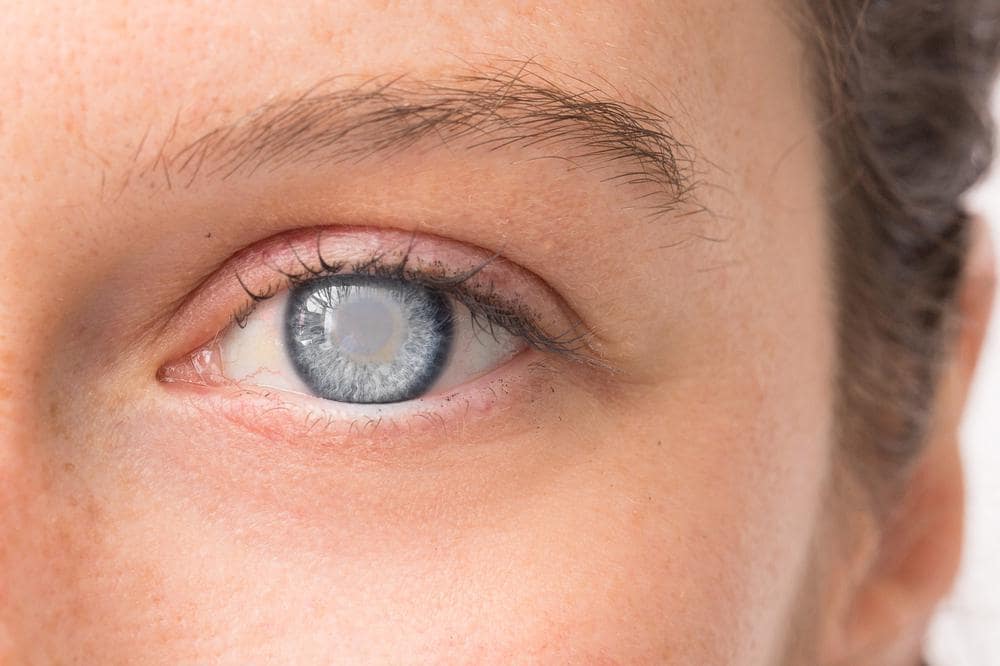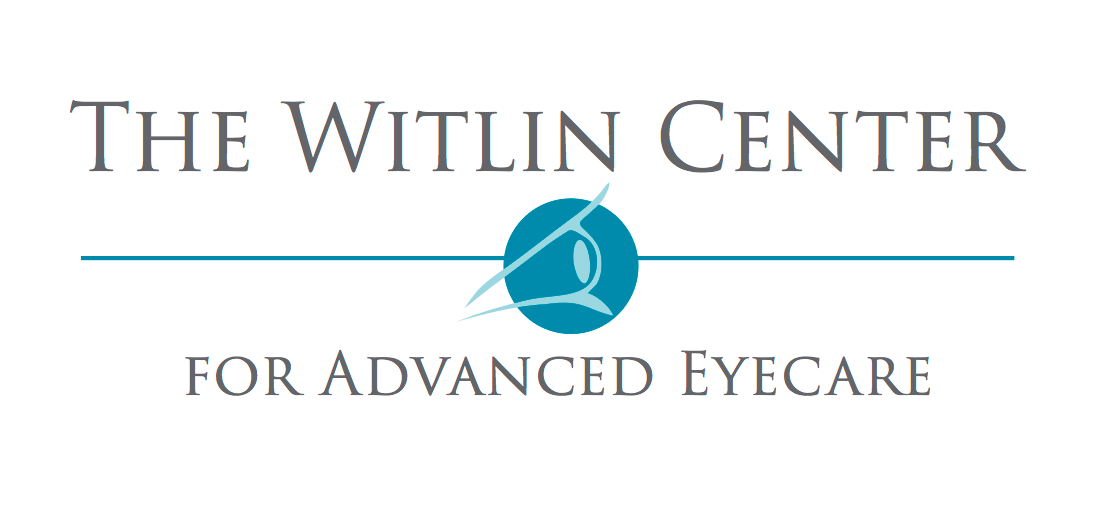
27 Mar What causes cataracts?
Don’t write off blurry vision or trouble driving at night as just part of getting older. You may have a cataract that is interfering with your sight. At Witlin Center for Advanced Eye Care in East Brunswick, Toms River, & Morristown, NJ, our providers are trained in the most advanced cataract treatment to help restore your vision.
What is a cataract?
Cataracts are clouding of the lens of your eye. The lens’ of your eyes are usually clear. In a healthy lens, the lens helps focus light or an image on to the retina, which then sends nerve signals to the brain. Like a cloudy day interferes with the view outside, a cloudy lens interferes with clear vision.
Cataracts can affect people at any age but are more common in older people. Most cataracts become problematic after 60, and by 80, more than half of all adults are affected by cataracts. Because they grow slowly, a cataract may present when you’re 40, but not affect your vision until you’re older.
Cataract symptoms
When cataracts first form, they are small and don’t impact your vision. As they grow larger and cover a bigger area of your lens, most people start to develop symptoms. Symptoms include:
- Cloudy or blurred vision
- Sensitivity to light and glare
- Double vision
- Colors appear washed out or faded
- Poor night vision
- Frequent prescription changes for your eyeglasses or contacts
- Seeing halos around lights
Cataract causes
A lens is made of mostly protein and water. Cataracts are formed when protein clumps together. The stiffening and thickening of our lens’ as we get older may contribute to the formation of these protein clumps.
At first, these clumps are small but grow larger and denser as we get older, blocking more of the light coming through our lens’. When the cataract grows to cover more of the lens, the light coming through gets obstructed, and our vision becomes blurry, cloudy, and colors appear faded.
In addition to age-related changes to the eye, there are other types of cataracts caused by other issues. These include:
- A traumatic cataract caused by an injury
- A secondary cataract forms after eye surgery for another eye condition
- A radiation cataract is caused by radiation exposure
- A congenital cataract is when a child is born with a cataract or develops one in childhood
Cataract risk factors
While most cataracts are due to age-related changes of our eyes, there are factors that increase the likelihood of getting cataracts. Researchers have not connected why these factors increase the risk of developing cataracts, they have only proven that there is a strong association. These risk factors include:
- Certain diseases such as diabetes
- Certain medications including corticosteroids and chlorpromazine
- Excessive exposure to ultraviolet light
- Obesity
- Smoking
- Excessive alcohol consumption
Cataract treatment
When cataracts are small, they don’t interfere with your vision and don’t require treatment. As they grow and your vision becomes impacted, you may start with new eyeglasses to address your vision problems. If glasses don’t work, cataract surgery is your best bet.
The word “surgery” may make you feel anxious or concerned. While there are some risks associated with cataract surgery, as there are with any surgery, it is considered by the National Eye Institute, and other organizations, to be one of the safest and most effective types of surgery in the United States. About 90 % of people who have undergone cataract surgery have improved vision after the procedure.


Sorry, the comment form is closed at this time.